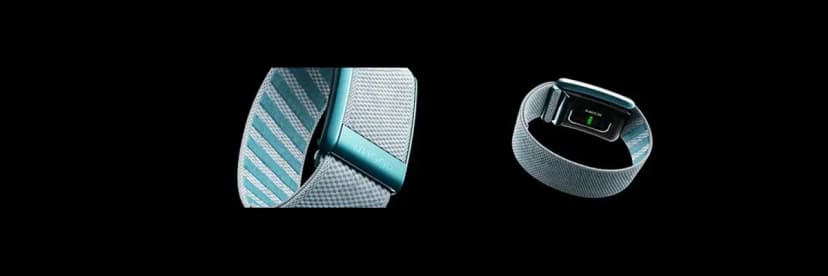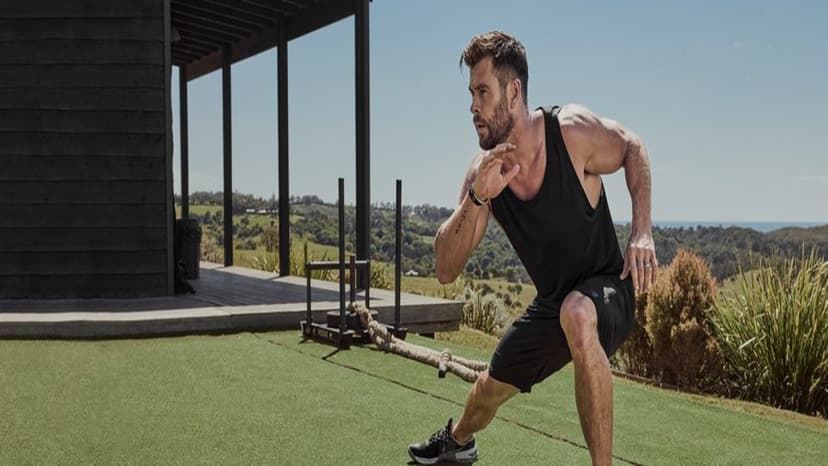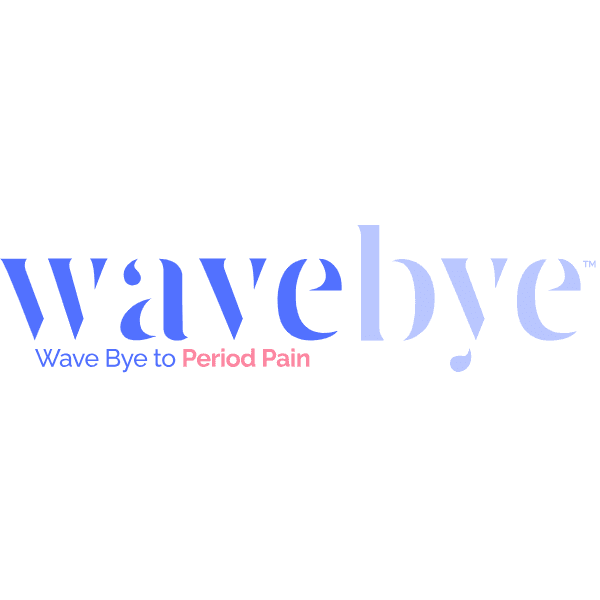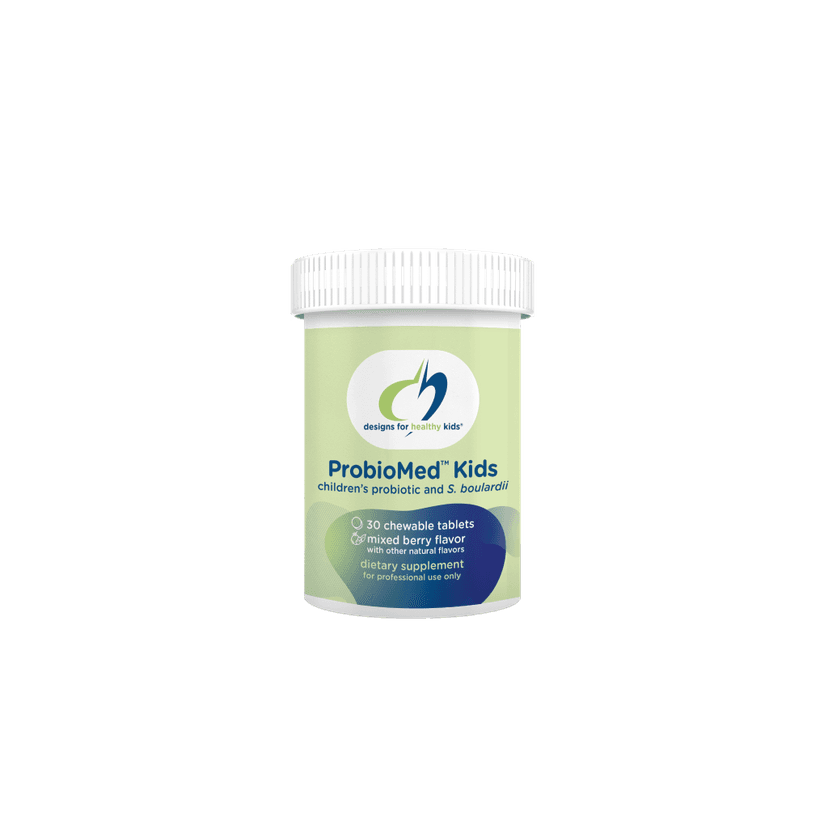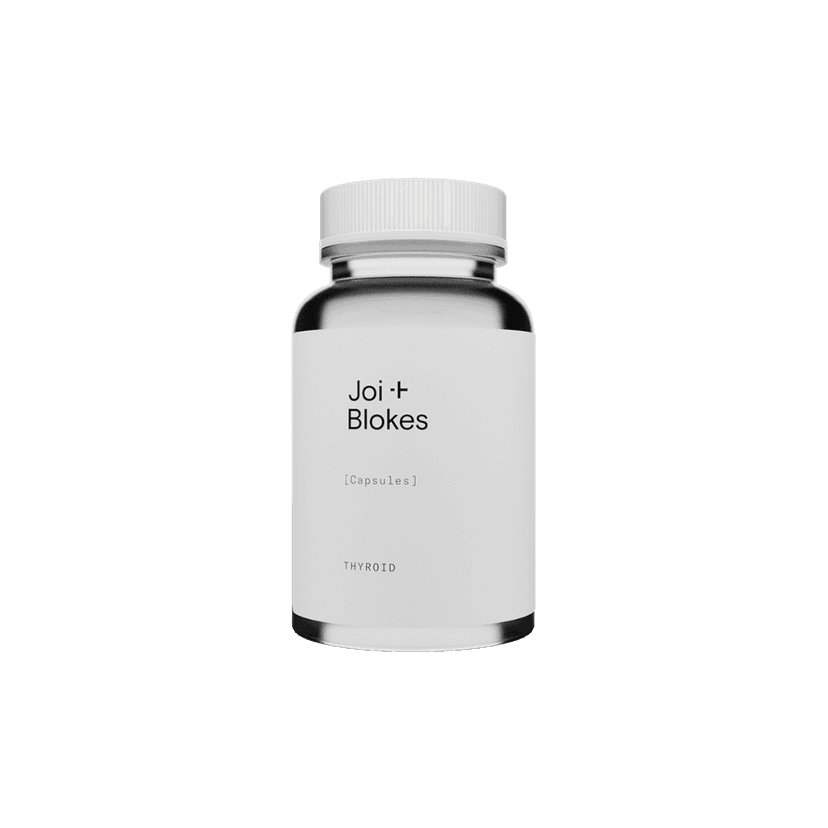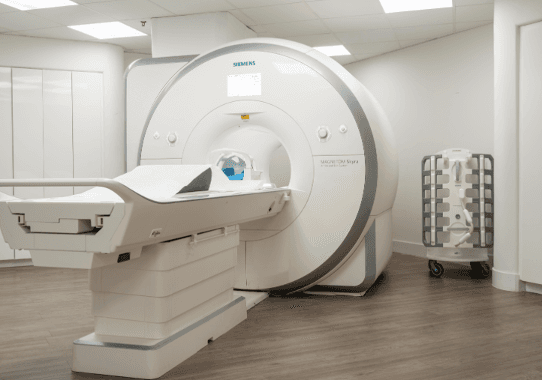Fitness myths are everywhere, and they can easily confuse anyone trying to get in shape. Whether you're scrolling through social media or chatting with friends, you've probably heard some common misconceptions about exercise and health. This article will debunk some of the most popular fitness myths and give you the facts you need to make informed decisions about your fitness journey.
Key Takeaways
- Muscle does not turn into fat if you stop working out; they are two different types of tissues.
- Cardio is important for overall fitness, but muscle tone is achieved through a combination of strength training and proper diet.
- 'Toning' and 'lengthening' muscles are misleading terms; effective muscle definition comes from consistent exercise and nutrition.
- Bigger muscles do not always mean more strength; strength depends on various factors including muscle quality and nervous system efficiency.
- Muscle soreness is not a reliable indicator of a good workout; effective workouts can happen without causing soreness.
Muscle Does Not Turn Into Fat
Understanding Muscle and Fat Tissue
One of the most common fitness myths is that muscle can turn into fat. This is simply not true. Muscle and fat are two entirely different types of tissue with distinct cellular structures. Muscle tissue is made up of fibers that contract to produce movement, while fat tissue stores energy in the form of triglycerides.
What Happens When You Stop Working Out
When you stop exercising, your muscle mass can decrease, and your metabolism may slow down. This doesn't mean your muscle is turning into fat. Instead, you might gain fat because you're burning fewer calories. It's important to adjust your diet if you reduce your physical activity to avoid unwanted weight gain.
Maintaining Muscle Mass
To maintain muscle mass, it's crucial to continue some form of strength training, even if it's less intense than your previous workouts. Consistency is key. Additionally, a balanced diet rich in protein can help support muscle maintenance. Here are some tips:
- Engage in regular strength training exercises
- Ensure adequate protein intake
- Stay active with various forms of physical activity
Remember, muscle and fat are different tissues, and one cannot transform into the other. Keeping active and eating well are essential for maintaining a healthy body composition.
Cardio and Muscle Tone: The Real Connection
The Role of Cardio in Fitness
Cardio exercises, like running or cycling, are great for your heart and lungs. They help burn calories and improve overall health. However, cardio alone won't make your muscles stronger or more defined. To get that toned look, you need to add strength training to your routine.
How Muscle Tone is Achieved
Muscle tone comes from building lean muscle mass. This happens when you do strength training exercises, like lifting weights or using resistance bands. The more you work your muscles, the more defined they become. Cardio can help by burning fat, which makes your muscles more visible, but it won't build the muscle itself.
Balancing Cardio and Strength Training
To get the best results, you need a mix of both cardio and strength training. Here's a simple plan:
- Do cardio exercises 3-4 times a week.
- Add strength training exercises 2-3 times a week.
- Make sure to rest and let your muscles recover.
Combining cardio and strength training helps you burn more calories and build muscle, giving you a toned and healthy body.
The Truth About 'Toning' and 'Lengthening' Muscles
When people talk about "toning" muscles, they actually mean building muscle. As muscles grow and become more defined, they appear more toned. To achieve this, you need to gradually increase the weight or reps in your strength training routine. This process is known as progressive overload.
You've probably heard about "lengthening" muscles in pilates, yoga, or barre classes. However, you can't change the actual length of your muscle tissue. The "long and lean" look often comes from having a lower body fat percentage, which is more about diet than exercise type.
To define your muscles effectively, focus on strength training exercises. Here are some tips:
- Progressive Overload: Gradually increase weights or reps.
- Consistency: Stick to a regular workout schedule.
- Balanced Diet: Eat a diet rich in protein and low in unhealthy fats.
Remember, achieving a toned and defined look is a combination of proper exercise and a healthy diet.
Debunking the Bigger Muscles Equals More Strength Myth
Strength vs. Muscle Size
Bigger muscles don't always mean more strength. While larger muscles can be a sign of strength, they aren't the only factor. Muscle strength depends on many things, like how the muscle fibers are used and the type of training you do.
Factors That Influence Strength
Strength is influenced by several factors:
- Muscle Fiber Type: There are different types of muscle fibers, and some are better for strength than others.
- Nervous System Efficiency: How well your brain communicates with your muscles can affect strength.
- Training Techniques: Different exercises and routines can build strength in various ways.
Training for Strength vs. Size
When training, it's important to know your goals. If you want to get stronger, focus on lifting heavier weights with fewer repetitions. If you want bigger muscles, you might do more repetitions with lighter weights. Both methods are effective, but they target different outcomes.
Remember, strength and size are not the same. You can be very strong without having huge muscles, and you can have big muscles without being the strongest person in the room.
Soreness is Not an Indicator of a Good Workout
Understanding Muscle Soreness
Feeling sore after a workout, known as delayed onset muscle soreness (DOMS), is common, especially when trying new exercises or increasing intensity. However, soreness itself does not measure your fitness progress. DOMS usually appears 24 to 48 hours post-exercise and can cause muscle tenderness and stiffness. While it typically resolves on its own, massages or foam rolling can aid recovery.
Effective Workout Indicators
Instead of relying on soreness, consider these signs of an effective workout:
- Improved Performance: Noticing better endurance, strength, or speed.
- Consistent Progress: Gradually increasing weights, reps, or workout duration.
- Feeling Energized: Post-workout energy boosts rather than fatigue.
Preventing and Managing Soreness
To minimize soreness and aid recovery:
- Warm-Up Properly: Prepare your muscles for exercise with a good warm-up.
- Stay Hydrated: Drink plenty of water before, during, and after workouts.
- Gradual Progression: Increase workout intensity slowly to avoid overtraining.
- Rest and Recover: Allow time for muscle repair with adequate rest.
Remember, pain during a workout is different from post-workout soreness. If you feel pain while exercising, stop immediately and consult a doctor if it persists.
The Myth of Constantly Changing Workouts
The Concept of Muscle Confusion
Many people believe that constantly changing workouts is necessary to keep muscles "confused" and growing. However, this idea is more myth than fact. Your muscles don't get confused; they adapt to the stress you place on them. While variety can be beneficial, it's not the only way to achieve progress.
When to Change Your Routine
Changing your workout routine can be helpful, but it's not always required. You should consider switching things up if:
- You've hit a plateau and are no longer seeing progress.
- You're feeling bored or unmotivated with your current routine.
- You're experiencing persistent soreness or pain.
Creating an Effective Workout Plan
An effective workout plan doesn't need constant changes. Instead, focus on these key elements:
- Progressive Overload: Gradually increase the weight, reps, or intensity.
- Consistency: Stick to a routine long enough to see results.
- Recovery: Allow time for your muscles to repair and grow.
Remember, quality beats quantity. Stick to a well-rounded plan and make adjustments as needed, rather than constantly overhauling your routine.
Conclusion
In the world of fitness, myths and misconceptions are everywhere. It's easy to get confused by all the false information out there. But by understanding the facts, you can make better choices for your health and fitness. Remember, there's no magic trick to getting fit. It takes hard work, consistency, and the right information. Always question what you hear and look for evidence-based advice. By doing this, you'll be on the right path to reaching your fitness goals safely and effectively.
Frequently Asked Questions
Can muscle turn into fat if I stop working out?
No, muscle and fat are two different tissues. Muscle won't turn into fat. If you stop working out, you might lose muscle mass and gain fat, but one doesn't change into the other.
Is soreness a sign of a good workout?
Not necessarily. Soreness means your muscles are repairing, but it doesn't always mean you had an effective workout. Focus on progress and consistency instead.
Does cardio help with muscle tone?
Cardio can help with overall fitness and fat loss, but muscle tone comes from strength training. Combining both is best for a balanced routine.
Can I lengthen my muscles through exercise?
No, you can't lengthen your muscles. Exercises can improve flexibility and muscle definition, but they won't make your muscles longer.
Do bigger muscles mean more strength?
Not always. Bigger muscles can be stronger, but strength also depends on factors like muscle quality and nervous system efficiency.
Should I constantly change my workout routine?
Changing workouts can prevent boredom, but you don't need to do it all the time. Stick with a routine long enough to see progress, then switch things up when you hit a plateau.
